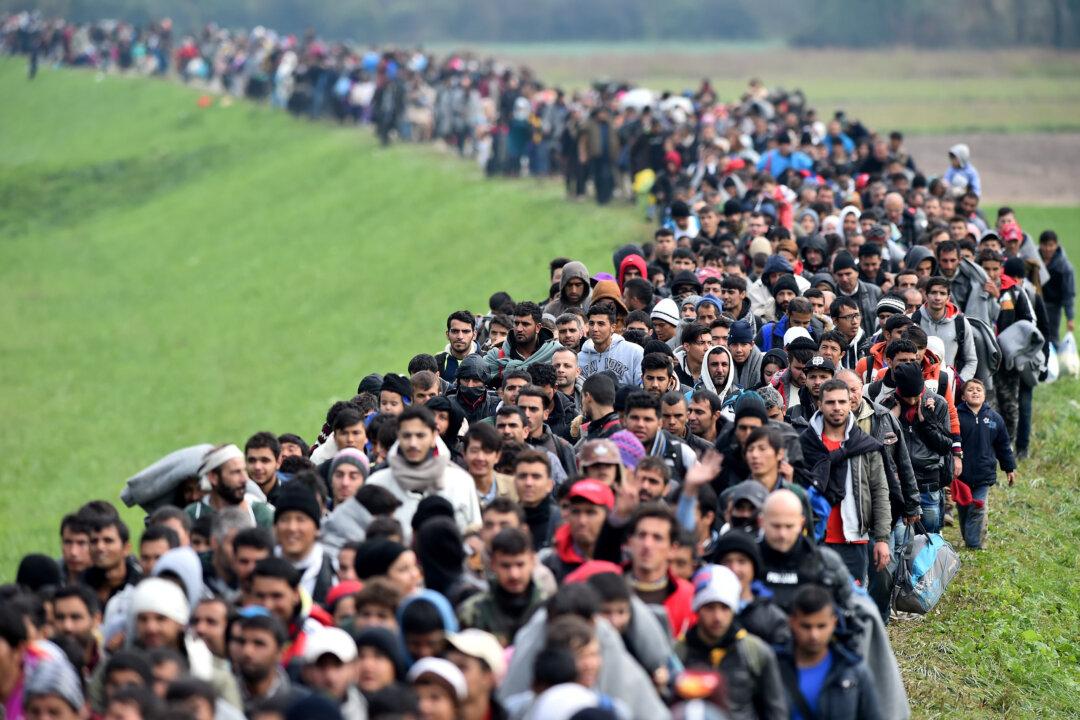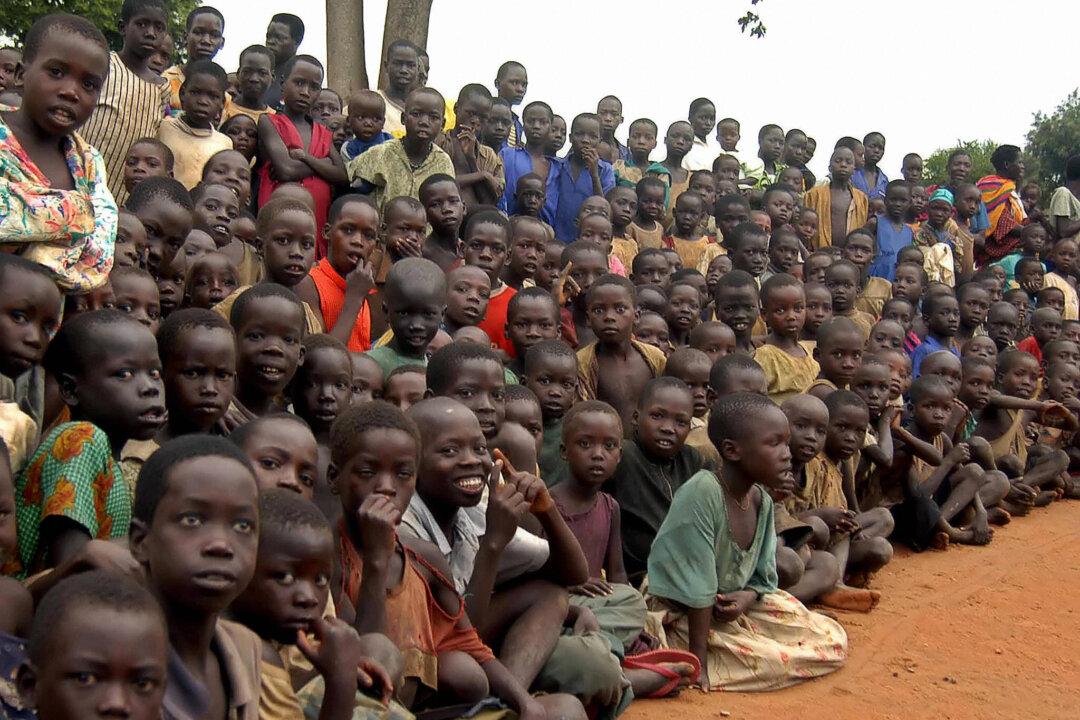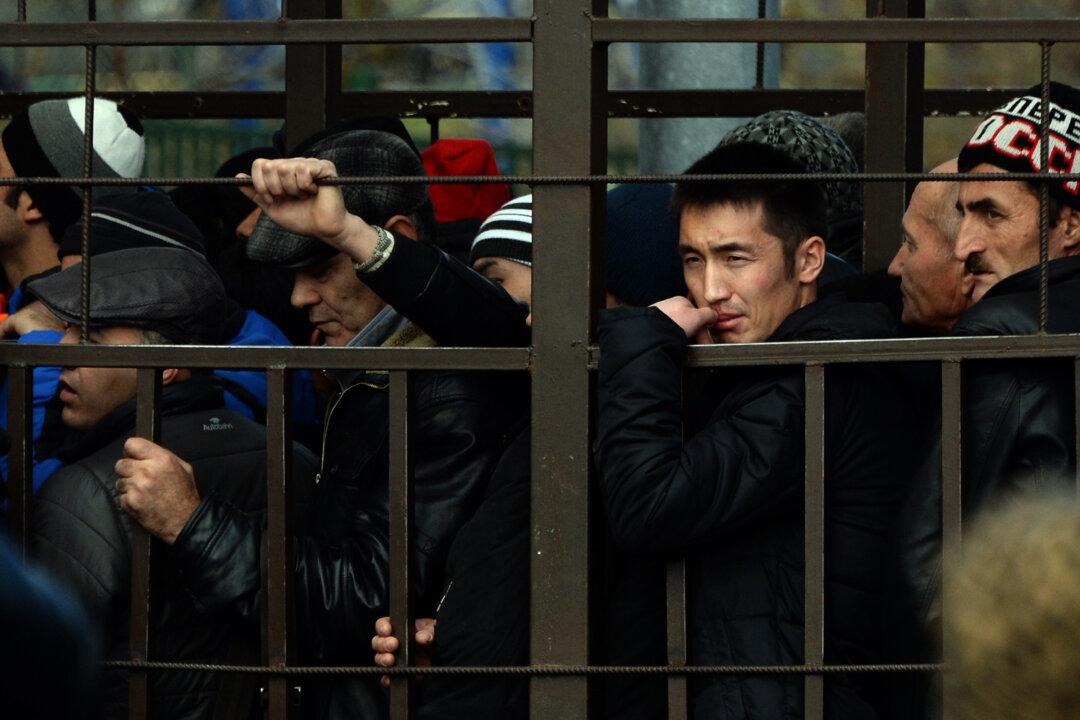NEW YORK—Governments appear overwhelmed by the mounting challenges of unwanted migration. Only so many options are available, and none are acceptable to all voters. But as the British government recently discovered, surging migration has become an issue of political survival.
During the first half of 2016, almost a quarter million refugees and migrants entered Europe—more than twice as many as during the same period in 2015. Estimates indicate that criminal networks that facilitated illegal entries into Europe, may have earned up to $6 billion in 2015. More than 10,000 people have died at sea trying to reach Europe by crossing the Mediterranean since 2013. After several masqueraded as refugees to enter Europe and committed terrorist acts in Brussels and Paris, governments took action to stem the uncontrolled migration flows.
In recent years the number of unauthorized migrants in the United States from Asia and Africa has climbed drastically. For example, an estimated 28,000 migrants from India were residing unlawfully in the country in 1990, and the number is now more than 280,000. Since late 2014, U.S. Customs and Border Protection has processed for residency some 75,000 unauthorized Cuban migrants arriving at U.S. ports of entry.
In contrast, during the same period, more than 132,000 families and unaccompanied children, mostly from Central America, have been apprehended at the border, with almost all released and ordered to appear in immigration court for judicial review and possible repatriation.
Globally, the total number of migrants is approximately 250 million, or about 3 percent of the world’s population of 7.4 billion people. Of these migrants some 20 million are refugees. Two-thirds of the refugees are Afghans, Palestinians, Somalis, and Syrians. Developing countries host close to nine in ten refugees, with the largest numbers in Turkey, Pakistan, Lebanon, Iran, Ethiopia, and Jordan.
In addition, an estimated one fifth of the world’s migrants, or 50 million people, are residing in countries illegally after having entered unlawfully or having overstayed short-term visas. Countries with the largest numbers of unauthorized migrants, though statistics can be unreliable, include the United States, South Africa, and the United Kingdom—representing 3 percent, 19 percent, and 2 percent of each population, respectively.
Major responses to challenges of unwanted migration include:
Information Campaigns: To dissuade people from attempting illegal migration, both sending and receiving countries have implemented broad media programs warning potential migrants of the likelihood of apprehension, detention, and subsequent deportation. The United States, for example, is promoting awareness campaigns in El Salvador, Guatemala, Honduras, and Mexico. EU countries have also funded various projects in Europe, Africa, and Asia, running advertisements to warn of the dangers of illegal migration. So far, the campaigns are falling far short of their intended goals, as the perceived benefits of migration greatly outweigh the potential risks.




